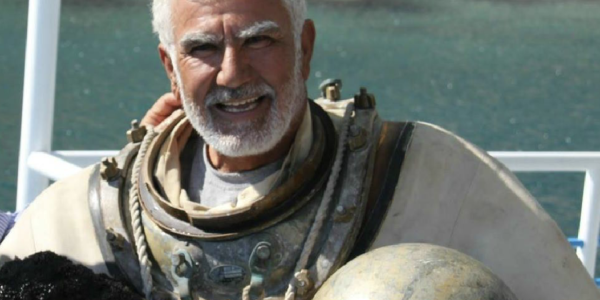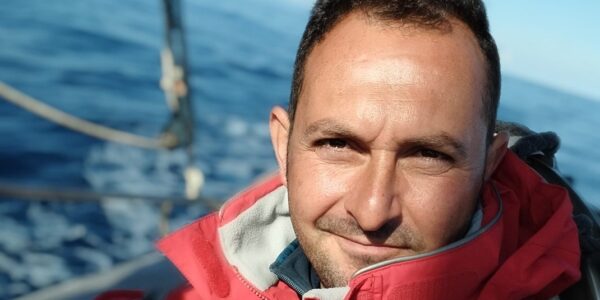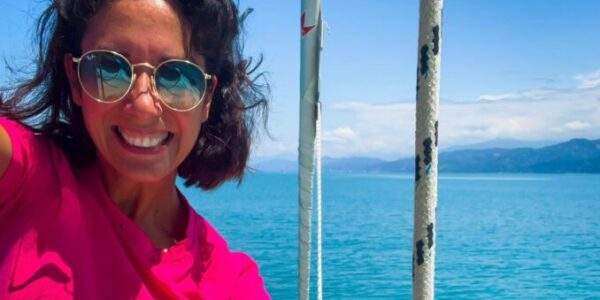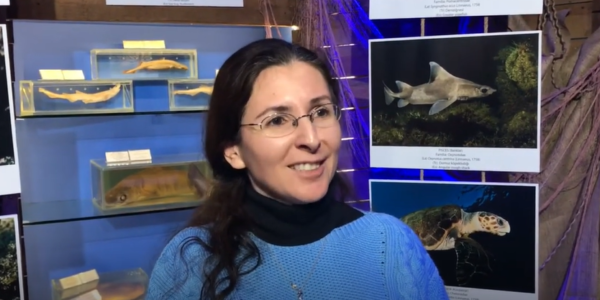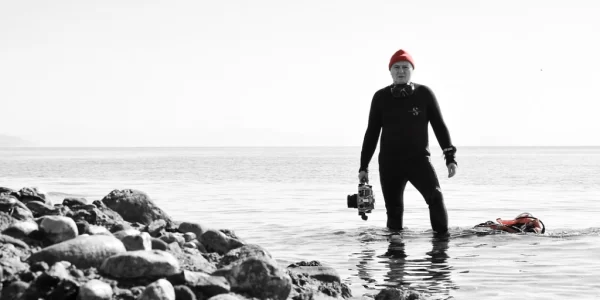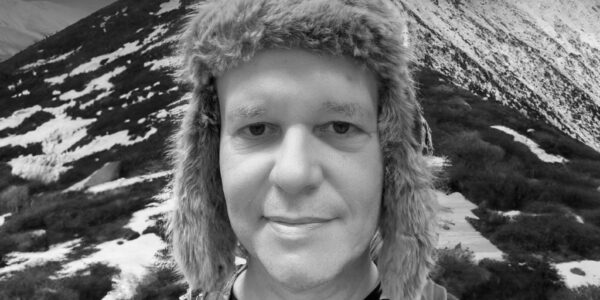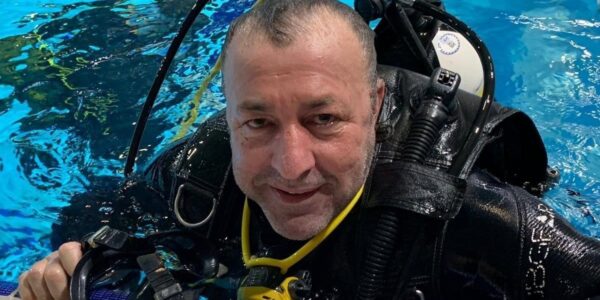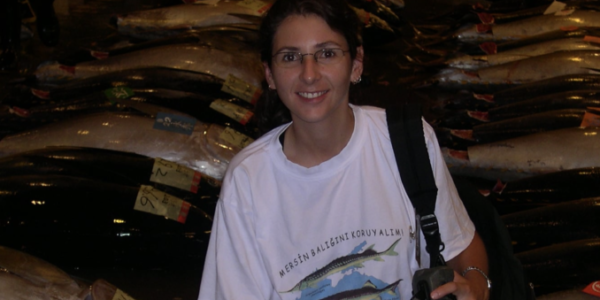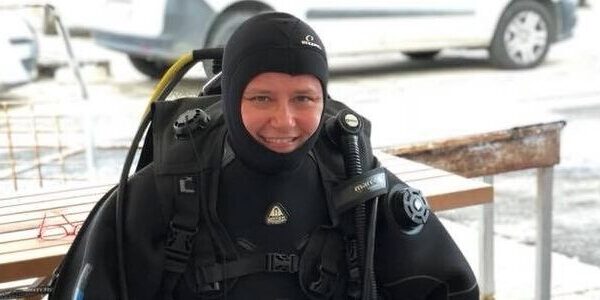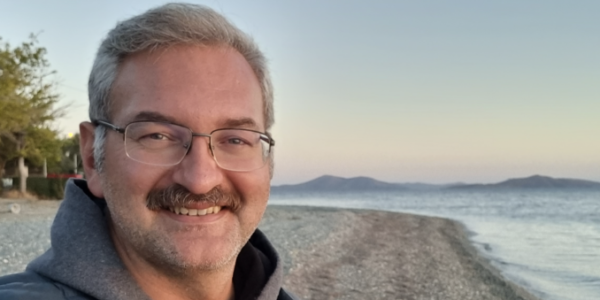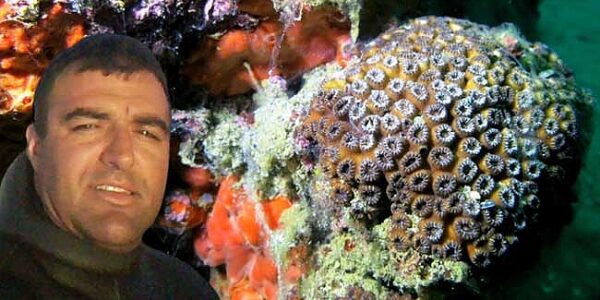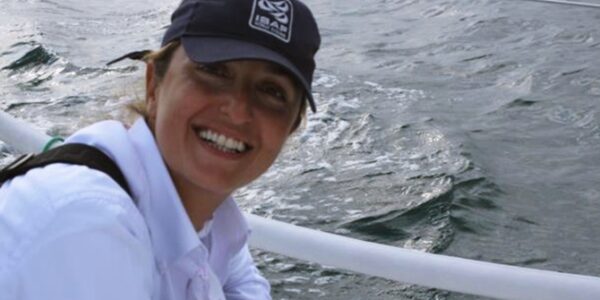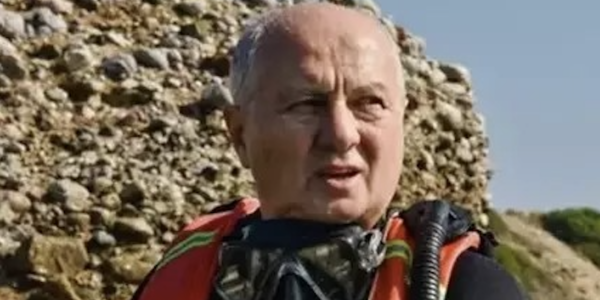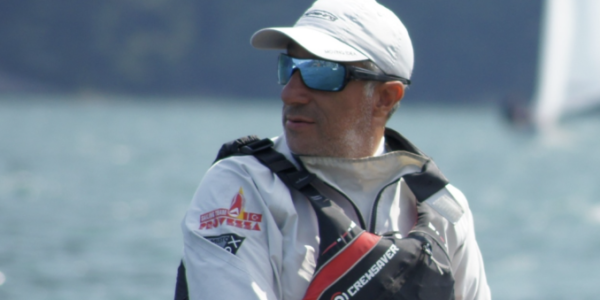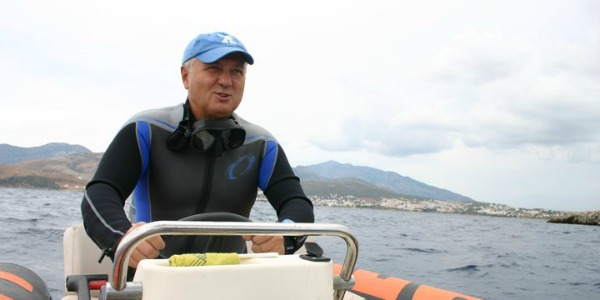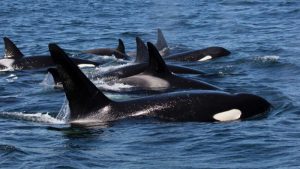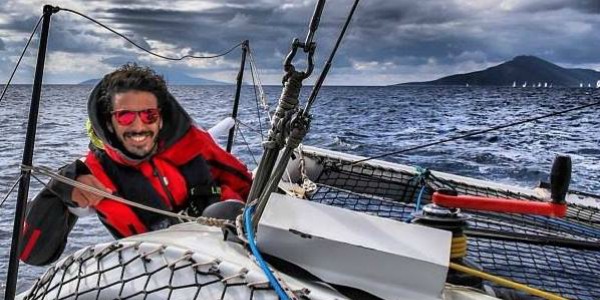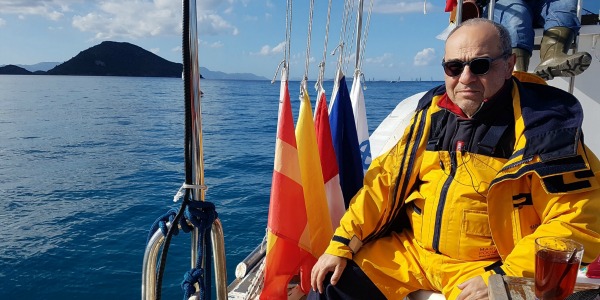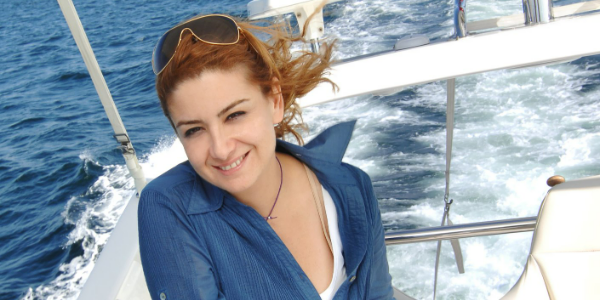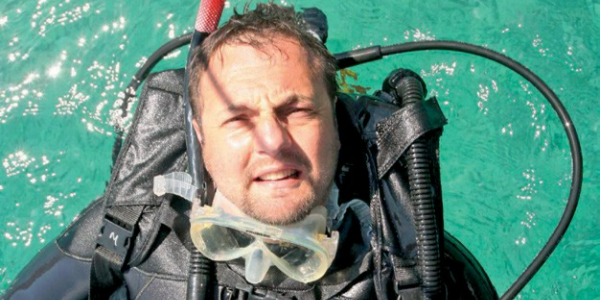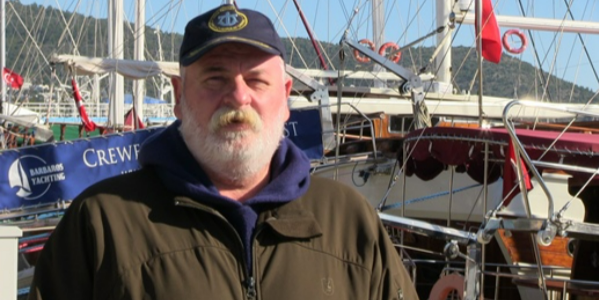Deep beneath the ocean so-called ghost currents appear to defy the laws of physics. These currents bring nutrients closer to the surface, causing hotspots that team with life for no apparent reason, becoming seasonal homes to orcas (killer whales) and plentiful other species. Now we have an answer to how these currents behave as they do, and the locations of these ocean oases.
We know famously little about the floor of the ocean, but deep-sea missions have found evidence of sediment particles moving upwards in underwater canyons, despite the particles being up to three times heavier than the water around them. It’s fortunate these anomalies exist, because they keep important nutrients in circulation, enriching the whole planet, but that didn’t make them any less mysterious to those who observed it.
Dr Jochen Kaempf of Australia’s Flinders University has explained the phenomenon in the Journal of Marine Systems as similar to the one we see on land when winds sweep up the sides of mountains. “To put it simply, the vehicle of this transport are currents that, while carrying sediments around and keeping them in suspension, leave the ambient seawater and its dissolved properties almost unchanged,” Kaempf said in a statement.
“There is a current that pushes horizontally but also upward,” Kaempf told IFLScience, “Like a wind that pushes leaves up a hill.” The current moves along the ocean bottom, driven by factors such as the Coriolis force produced by the Earth’s rotation, rather than the temperature differences that cause wind. Upon encountering a slope the current flows up it, taking sediments with it, but only when the slope is suitably aligned for the direction of the current. This means slopes need to slope in opposite directions in the northern and southern hemispheres to produce a ghost current.
When the alignment is right material can be brought from 2 kilometers (1.3 miles) beneath the surface to a kilometer or so below. The phenomenon confused oceanographers, Kaempf added, because these ghost currents don’t leave behind a signature of differing temperatures or salinity, which is usually how we track changes ocean depths, but the rising sediments give them away.
“Krill feed on the particulate organic matter,” Kaempf told IFLScience. These form the diet of many sea creatures, most famously the baleen whales. Small fish and squid also feed on the krill creating an endless buffet for the larger animals that attract human attention.
Kaempf’s work explains why some canyons have such biological richness above, while others lie beneath marine deserts.
Kaempf gives the example of the Bremer Canyon off Western Australia’s southern coast. A decade ago it was discovered that this area is a marine cornucopia, with an abundance of large animals including sperm whales and giant squid gathering there. Most famously, in summer the area becomes one of the few places orcas gather far offshore, sparking the sudden appearance of a tourism industry out of nowhere. “No one knew why,” Kaempf told IFLScience, but his modeling shows Bremer has the right slope for a southern hemisphere ghost current to flow up.
Source: https://www.iflscience.com/
